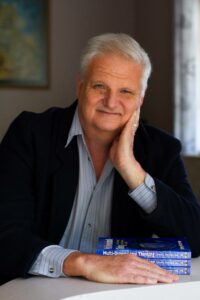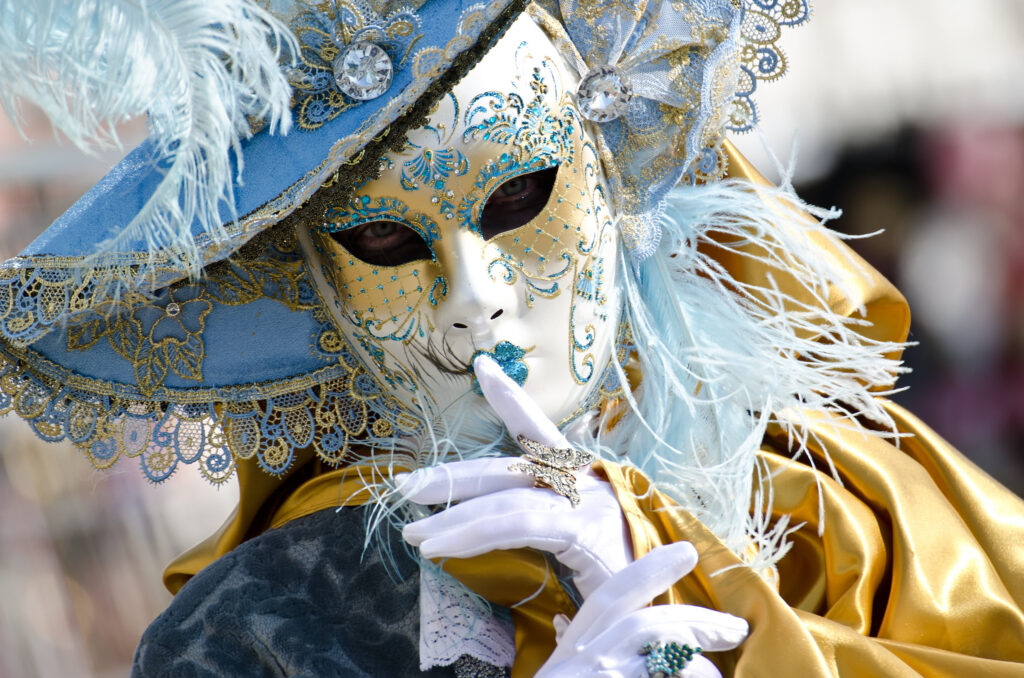There is a great little story which shows the importance of being real, genuine or authentic. Here is an extract from The Velveteen Rabbit by Margery Williams Bianco which explains this in a delightful way:
“Real isn’t how you are made,” said the Skin Horse. “It’s a thing that happens to you. When a child loves you for a long, long time, not just to play with, but really loves you, then you become real.”
“Does it hurt?” asked the Rabbit.
“Sometimes,” said the Skin Horse, for he was always truthful. “When you are real you don’t mind being hurt.”
“Does it happen all at once, like being wound up,” he asked, “or bit by bit?”
“It doesn’t happen all at once,” said the Skin Horse. “You become. It takes a long time. That’s why it doesn’t happen often to people who break easily, or have sharp edges, or who have to be carefully kept. Generally, by the time you are real, most of your hair has been loved off and your eyes drop out and you get loose in the joints and very shabby. But these things don’t matter at all, because once you are real you can’t be ugly, except to people who don’t understand.”
The authentic self
Realness or authenticity comes from an area of your psyche often called the true or authentic self. Carl Rogers describes this as the person you actually are, the ‘self’ you were created to be, a rational, thinking human being with the capacity to care, to love and to be loved.
This means that, deep within you, behind all the conditioning, pain and negativity is a core of pure self-awareness, that which you were before your original childlike nature was shaped and distorted by society and polluted by negative experiences, doubts and fears.
Becoming authentic again doesn’t happen all at once, as one has to work consciously at removing all the baggage that covers up the authentic self. Once we strip our minds of these limiting mental structures we have built up over the years, only this pure self-awareness remains. It is only in our minds that we are separated from this state of genuine and honest core values and altruistic feelings, the ‘good’ in mankind.
Reach through to the core of self-awareness
In order to unlock your authentic self, you have to activate your self-awareness and mindfulness, as self-awareness is the baseline state of mind for all our experiences.
A moment of self-awareness
A simple exercise to bring about a moment of self-awareness is to lift up your hands, look at them and move your fingers slowly whilst repeating to yourself slowly over and over, ‘I’m alive!’, until in one exhilarating moment, you actually become fully conscious of the fact that you are alive.
The problem of the ego
Many people believe that they are the ‘ego’. However, the authentic self is not the same as the ego, which is a false sense of self formed by conditioning and experiences in this world.
The ego is simply a mental structure populated by a collection of self-centred thoughts and memories, beliefs, doubts, fears and insecurities. However, in the midst of all the clutter is this oasis of pure consciousness, our true nature or authentic self which we can discover again if we are prepared to take up the challenge. In other words, it is possible consciously to peel away the ego and its muddied contents to expose who we really are and make way for a new and more authentic experience of self.
Wearing masks
What are the structures that most separate us from our authentic selves? The first of these are masks.
A mask is a metaphor for a false picture of ourselves that we present to the world. It is an exercise in deception to appear more than we actually are. An example of this is a young man who dresses ultra fashionably and drives a flashy, expensive car to impress others. In the meantime, he is up to his ears in debt. The problem is that he is creating a false sense of self as a highly successful, dynamic, wealthy personality when in fact he is an ordinary guy with his own doubts and fears.
People will go to great lengths to protect a mask, as it is linked directly to one’s self-image and self-esteem. But this mask can only alienate this young man from his true self, which does not contain these traits at all. He may actually be a sensitive person who simply wants to find love and gain acceptance from his peers.
Everyone wants to be accepted, respected and ultimately loved and we will do what is necessary to find this, even if it means wearing a mask to make us appear more attractive and worthy of love. The danger is, of course, that we lose touch with who we actually are – our true values and ideals – and eventually this can cause inner tensions.
A mask can also be worn to protect oneself from pain. For example, people in crisis will often present a picture of normality and it is only during therapy that the truth and pain will come out. Some masks can be based on self-deception or self-delusion. One of the worst masks is that of the ‘victim’, which is ego-driven and is usually taken on when a person cannot accept that they have flaws and sets about seeing themselves as a victim, blaming the world and everyone else for their misfortunes.
An example of this would be someone who has been overlooked for promotion as the result of a lack of performance, but sees only other reasons for this failure, such as favouritism, victimisation, or racism. They simply cannot see or accept that this could be the result of their own behaviour. In many cases, this self-deception is so bad that they are totally unable to see and accept the truth even if shown the facts of the matter. Once again, this points to a lack of authenticity.
Roles and responsibilities
The roles we take on in life can also disguise who we really are, but in this case, it is usually not a conscious deception, but simply changes in our behaviour that come with the tasks and responsibilities associated with the new role. For example, when one of a group of workers is promoted to a supervisor or manager, their attitude towards their co-workers may change. It’s not that they want to do this, but the responsibilities they have now will naturally set them apart from the group.
However, some people can change dramatically for the worse when taking on a more senior role, leading to a break from their authentic selves as well as their co-workers. The ideal is to remain true to yourself as much as possible and not let the position alienate you from your true values and standards.
How to return to authenticity
In order to return to authenticity, we first have to find the courage and self-awareness to admit to ourselves that this (our present feelings and actions) is not who we really are and find the opportunity to share our deepest experiences of self, that is our true feelings, dreams and desires, with those we trust, becoming vulnerable and real again. This normally requires coaching or some form of counselling, as it is not easy.
Let us then finish this lesson with an exercise to bring about an experience of the authentic self using simple affirmations:
Connecting with the authentic self
- Do the finger movement exercise as shown earlier
- Affirm ‘I’m alive’.
- Now turn your palms towards your chest and move your focus to the area between your hands and chest. At this time, change the affirmation to the words ‘I am’, repeating it slowly and deliberately over and over again.
- Finally, change the words ‘I am’ to the word, ‘I’ and also repeat this slowly and deliberately a number of times. Try to become fully aware of what it means to be ‘I’.
If you are properly prepared, you should feel a sudden shift in self-awareness and an unexpected quick, deep breath. Do not be distressed, as this is the conscious connection to your authentic self, which is sometimes called the ‘I’ consciousness.
Rest in this experience for as long as possible without feeling uncomfortable and do not end the exercise suddenly. Rather take your time in letting go of the experience and slowly returning to normal awareness.
I hope this article and the exercises have been of benefit to you. For more interesting articles, please visit my website www.discoveringyourself.co.za – Dr. Jimmy Henderson

Dr Jimmy Henderson is a cognitive scientist with an honours degree in philosophy (metaphysics) and a Ph.D in psychology from the University of South Africa. He has
studied mind and spirit for over 35 years as a member of the Rosicrucian Order (AMORC) and is also a Lifeline counsellor and trainer. He was previously in SAPS management until his early retirement and is now a distance tutor for UNISA in psychology, a distance facilitator for Metavarsity and the published author of a number of books, e-books and
articles on the power of the mind and spiritual development. He has been a guest speaker at many different venues as well as on local SA radio stations. As a result of his studies Dr Henderson is able to provide a unique psychological perspective on spirituality in his books and articles.

